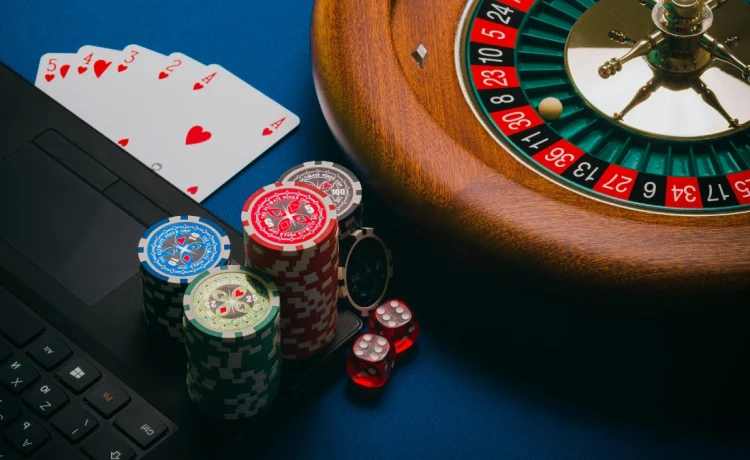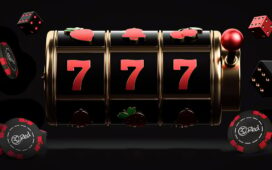Pattern recognition in baccarat represents a persistent player strategy despite mathematical evidence that each hand maintains statistical independence from previous outcomes. These pattern-based approaches identify trends, streaks, and cyclical behaviours that predict future results through historical analysis and visual tracking systems. Online Baccarat accommodate pattern recognition through sophisticated tracking displays, historical data, and visual aids that enable systematic pattern analysis, even though mathematical theory demonstrates that past results cannot influence future probabilities. The effectiveness debate centres on whether perceived patterns represent genuine predictive value or cognitive illusions that create false confidence in an inherently random game.
Mathematical independence reality
Baccarat hands operate as independent statistical events where previous outcomes exert zero influence on subsequent results, making pattern recognition mathematically ineffective for prediction purposes. Each hand begins with identical probabilities regardless of historical patterns, streaks, or apparent trends that players might observe through tracking systems. Mathematical independence means that a sequence of ten banker wins does not alter the probability of the eleventh hand, which maintains standard 45.8% banker, 44.6% player, and 9.6% tie probabilities. This statistical independence invalidates pattern-based prediction strategies while explaining why no systematic approach can overcome inherent house advantages through historical analysis.
Cognitive bias influences
Human pattern recognition capabilities, evolved for survival advantages, create powerful cognitive biases that identify meaningful patterns even in random data sequences. These biases include the gambler’s fallacy, hot-hand fallacy, and clustering illusions that make random baccarat outcomes appear predictable and systematically exploitable. Pattern recognition biases make players see streaks as predictive, identify cyclical behaviours in random sequences, and develop confidence in systems based on perceived trends. These cognitive tendencies create a persistent belief in pattern effectiveness despite mathematical evidence contradicting pattern-based prediction strategies.
Tracking system limitations
Sophisticated tracking systems, including bead plates, big road displays, and derived roads, provide comprehensive historical visualisation that enables detailed pattern analysis but cannot overcome the fundamental mathematical independence of individual hands. These systems organise random data into apparently meaningful displays that suggest predictive value.
- Bead plate tracking, organising outcomes chronologically without creating predictive power
- Big road displays showing streak patterns that represent visual organisation rather than future prediction
- Derived road systems reveal mathematical relationships between past outcomes without predictive capability
- Statistical summaries providing historical context that cannot influence future probability distributions
- Trend analysis tools highlight apparent patterns that lack genuine predictive value for subsequent outcomes
Tracking limitations demonstrate how sophisticated visualisation can create illusions of predictive capability while organising fundamentally random data sequences that maintain statistical independence.
Short-term variance exploitation
While patterns cannot predict individual outcomes, some players exploit short-term variance through streak-following or pattern-breaking strategies that capture favourable runs when they occur naturally. These approaches acknowledge mathematical independence while maximising gaimaximiseg temporarily favourable cofavourable. Variance exploitation strategies include betting with apparent trends during favourable periods and adjusting bet sizes based on recent performance patterns. These approaches may produce short-term success through random variance while maintaining no long-term mathematical advantages over house edges.
Psychological benefits suggest that pattern recognition value extends beyond mathematical effectiveness, encompassing entertainment enhancement and strategic satisfaction that improve overall gaming experiences. Pattern recognition limitations enables realistic expectations while acknowledging the entertainment value that systematic approaches provide. Success in baccarat depends on bankroll management and realistic expectations rather than pattern-based prediction systems. However, players may find value in structured approaches that increase engagement and provide decision-making frameworks for inherently random outcomes.















